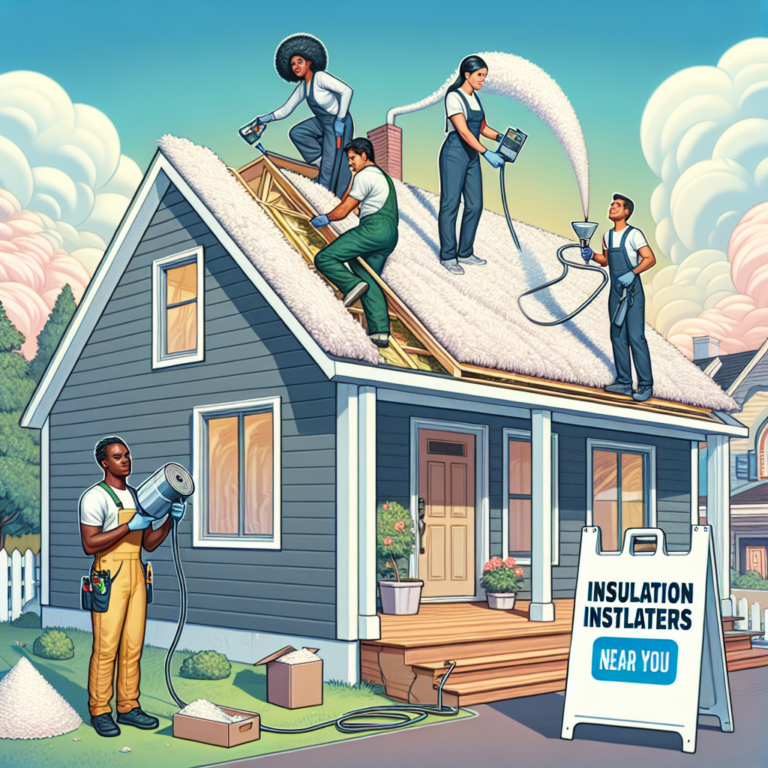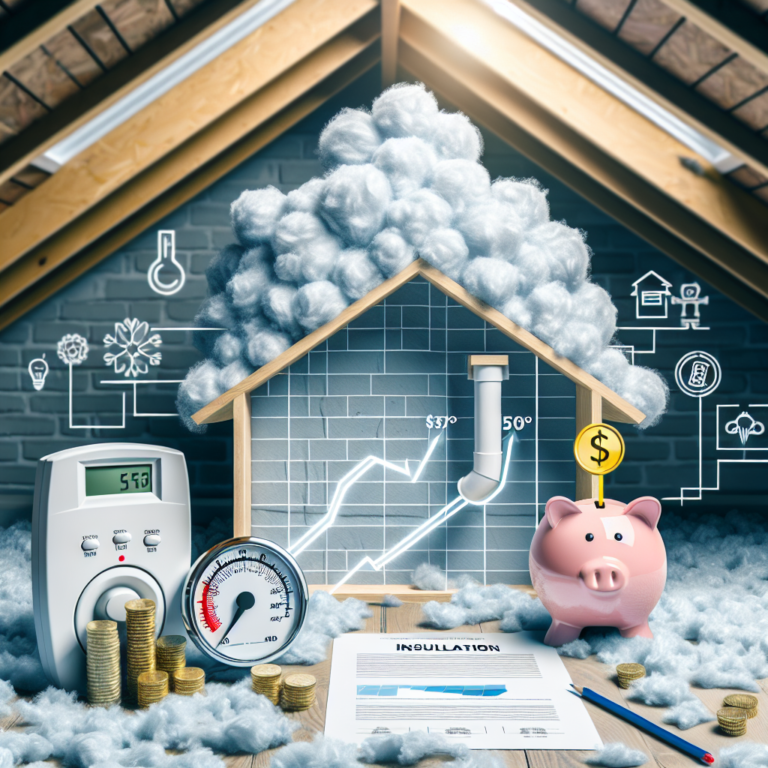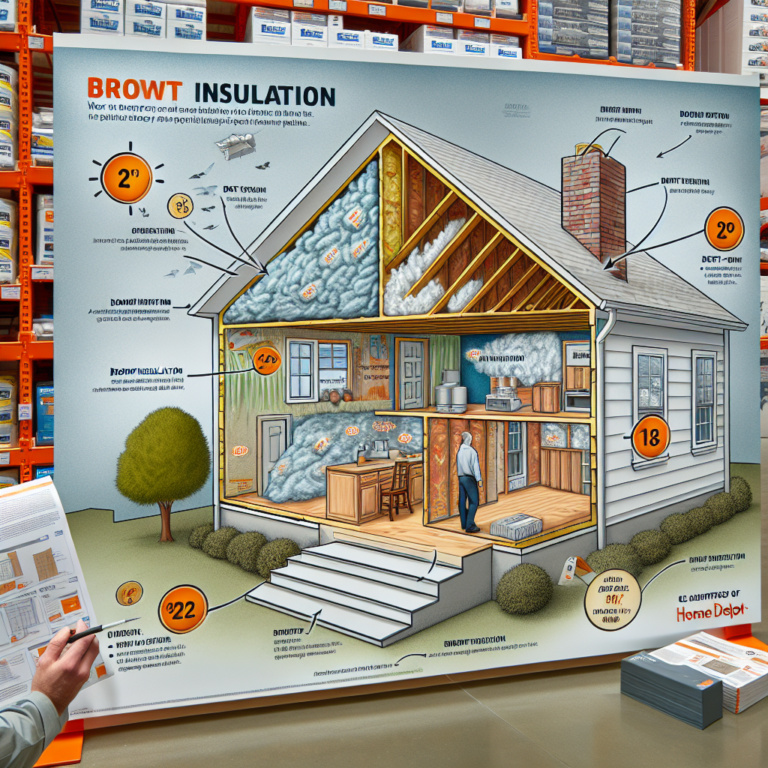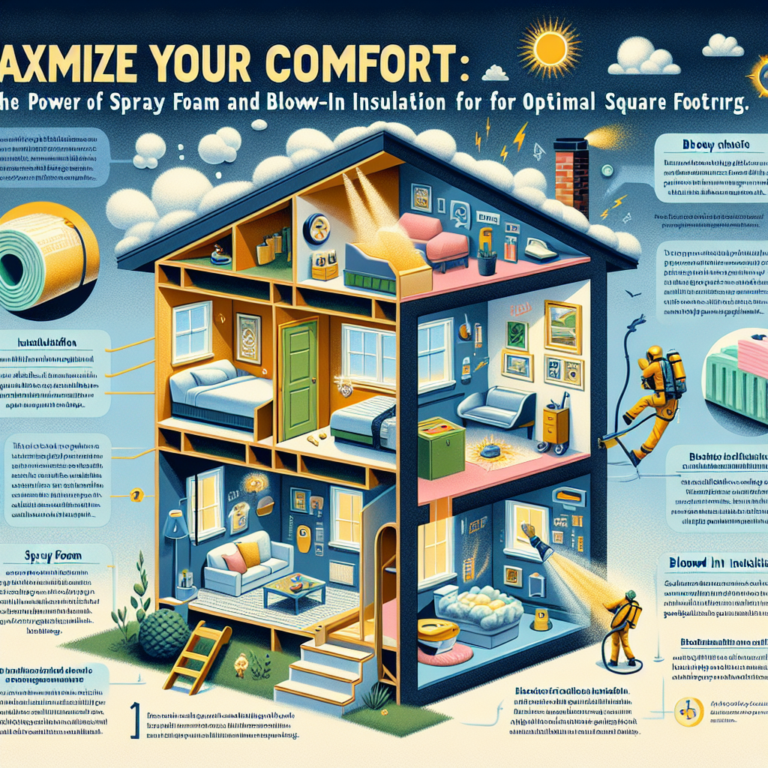Revamp Your Home: The Surprising Cost to Replace Blown-In Insulation
H2: Introduction
When it comes to improving energy efficiency and comfort, few upgrades deliver as much impact as blown-in insulation. Yet homeowners often hesitate because they’re unsure about the blown-in insulation replacement cost. In this article, we break down what you can expect to pay, explore the benefits of replacing old insulation, and share tips to keep expenses under control. By the end, you’ll have a clear picture of how investing in modern blown-in insulation can pay for itself over time.
H2: Understanding Blown-In Insulation Replacement Cost
Blown-in insulation replacement cost varies widely based on your home’s size, the material you choose, and local labor rates. On average, homeowners spend between $1,500 and $3,000 to replace blown-in insulation in a 1,500-square-foot attic. That figure can rise if your attic has multiple levels, hard-to-reach corners, or if existing insulation must be removed. Conversely, simple installations in smaller spaces often run under $1,500.
H3: Benefits of Replacing Blown-In Insulation
1. Energy Savings: Aging insulation can settle or deteriorate, letting warm air escape in winter and cool air leak in summer. New blown-in insulation restores its loft and R-value, trimming heating and cooling bills by up to 20%.
2. Enhanced Comfort: Even temperatures across every room eliminate hot and cold spots. Your HVAC system works less strenuously, extending its lifespan.
3. Improved Indoor Air Quality: Old insulation can harbor mold, mildew, and allergens. Replacement removes these pollutants, contributing to healthier air.
4. Noise Reduction: Fresh loose-fill insulation acts as a sound barrier, dampening street noise, echoing footsteps, and sounds between floors.
5. Increased Home Value: Energy-efficient homes attract buyers. Updated insulation can boost resale value and help your home stand out in a competitive market.
6. Environmental Impact: Better insulation means less energy consumption, lower carbon emissions, and a smaller environmental footprint.
H3: Factors Influencing Blown-In Insulation Replacement Cost
1. Insulation Material:
– Fiberglass: $0.50–$1.50 per sq. ft.
– Cellulose (recycled paper): $1.00–$2.00 per sq. ft.
– Mineral wool: $1.50–$3.00 per sq. ft.
Higher-density or eco-friendly options cost more initially but often deliver superior R-values.
2. Home Size and Layout: Larger attics or wall cavities require more material and longer installation times. Irregular floor plans, cathedral ceilings, or tight crawl spaces increase labor costs.
3. Removal of Old Insulation: Safely disposing of contaminated or compressed insulation adds $0.50–$1.00 per sq. ft. to the total.
4. Accessibility: Easy-to-access attics cost less. If technicians must navigate low clearances or fragile ceilings, expect a premium on labor.
5. Regional Labor Rates: Urban areas with higher living costs generally feature steeper labor charges (often $40–$70 per hour). Rural regions tend to be more affordable.
H3: How to Save on Blown-In Insulation Replacement Cost
• Bundle Services: Combine insulation replacement with air-sealing or ductwork repairs. Contractors often offer package discounts.
• Government Incentives: Federal tax credits and utility rebates can offset up to 30% of project costs. Check ENERGY STAR® incentives in your state.
• Compare Multiple Quotes: Solicit at least three bids from reputable installers. Clarify what services and warranties each quote includes.
• Schedule Off-Peak: Avoid busy summer and winter seasons when contractors’ rates may spike. Spring and fall often feature more competitive pricing.
• DIY Prep Work: Clear attic clutter, install plywood walkways, and seal obvious air leaks before pros arrive. Reducing onsite labor can trim overall costs.
H2: Q&A on Blown-In Insulation Replacement Cost
Q1: How long does blown-in insulation last?
A1: Modern blown-in insulation typically lasts 20–30 years if kept dry and undisturbed. Occasional inspections help catch issues early.
Q2: Will new insulation cause a mess?
A2: Professional installers use dust-control attachments and vacuum systems to minimize mess. Post-installation cleanup is usually included in the bid.
Q3: Can I replace insulation room by room?
A3: Yes. Some homeowners prioritize the attic first, then tackle walls or crawl spaces later. Phased upgrades let you spread costs over time.
H2: Conclusion
Investing in blown-in insulation replacement cost may seem daunting at first, but the long-term payoffs in energy savings, home comfort, and resale value make it a smart choice. By understanding the factors that drive blown-in insulation replacement cost, exploring incentive programs, and securing multiple quotes, you can revamp your home affordably. Don’t let outdated insulation continue to inflate your utility bills—upgrade today and start enjoying a cozier, quieter, and more energy-efficient living space.











